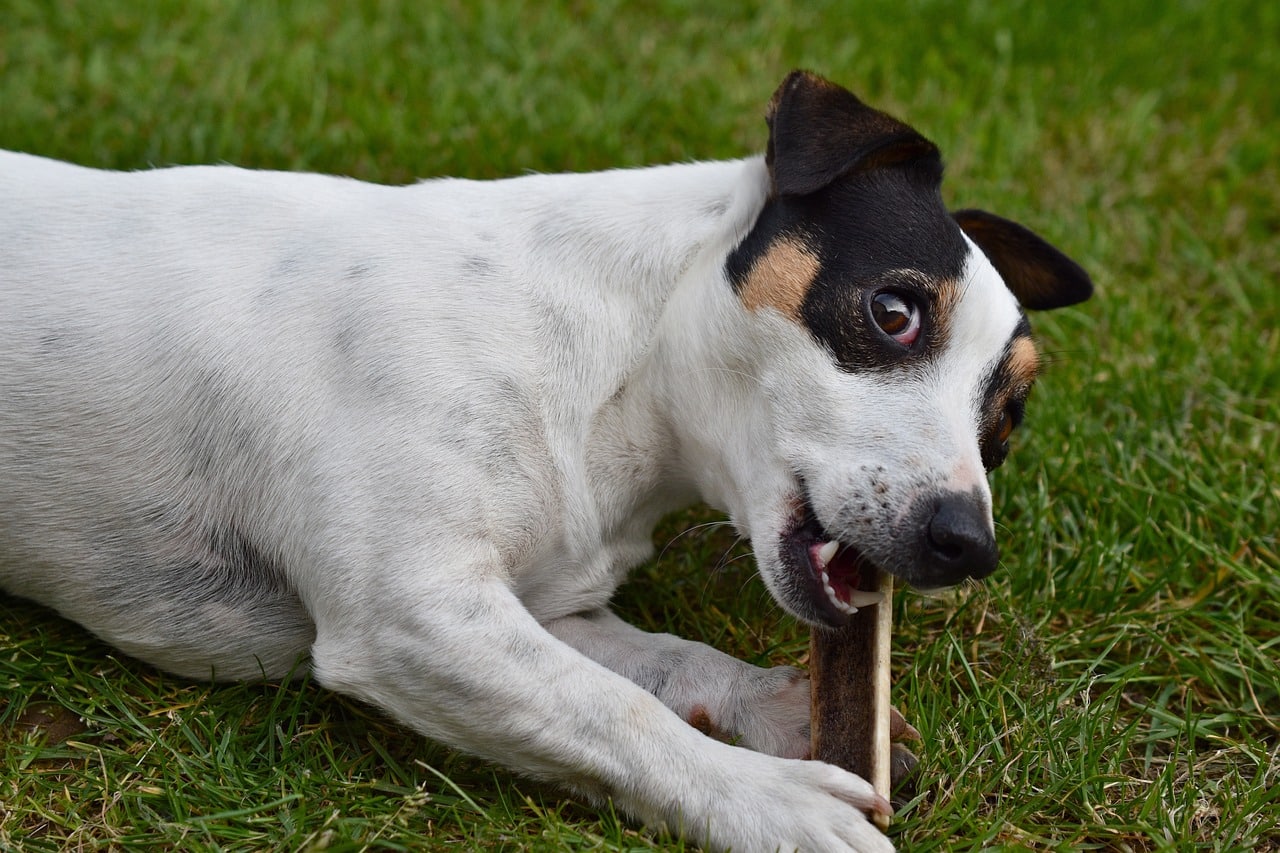 Shutterstock
Shutterstock
Dogs are loved for their loyalty and intelligence, but some breeds are particularly stubborn, making training more challenging. Due to their independent or strong-willed nature, these dogs often require extra patience, consistency, and a firm approach. Understanding these traits can help potential owners prepare for the unique challenges they may face in training, ensuring a smoother process and a better relationship with their dog. Owners can approach training with the right strategies and expectations by being aware of these tendencies.
Afghan Hound
 Shutterstock
Shutterstock
Afghan Hounds are known for their elegant appearance and aloof demeanor. Originating from the mountainous regions of Afghanistan, these dogs were bred for hunting and possess a strong independent streak. Their stubbornness often stems from their high intelligence and self-assured nature. Afghan Hounds can be challenging to train because they are easily bored and may not see the point in repetitive commands. They require a patient and consistent owner who can keep training sessions interesting and rewarding. Despite their stubbornness, Afghan Hounds are loyal and loving companions when properly understood and managed.
Shiba Inu
 Shutterstock
Shutterstock
Shiba Inus are small, agile dogs with a bold and spirited personality. Originating from Japan, Shibas were bred to hunt small game and possess a strong prey drive. Their stubbornness is often a result of their independence and strong-willed nature. Shiba Inus can be difficult to train because they prefer to do things on their terms and may resist pointless commands. Positive reinforcement and consistency are key to training a Shiba Inu. Despite their stubborn tendencies, Shibas are loyal and affectionate with their families, making them rewarding companions for those who can handle their challenging nature.
Dachshund
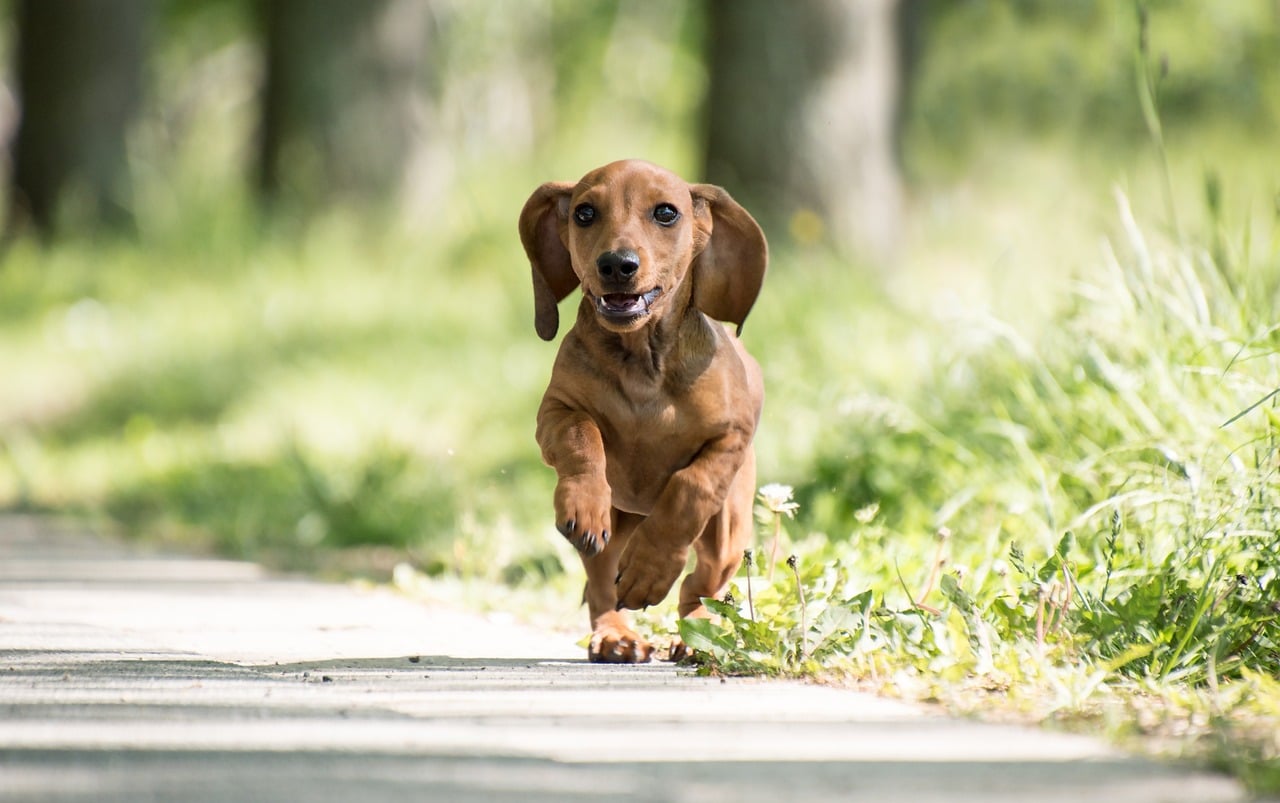 Shutterstock
Shutterstock
With their long bodies and short legs, Dachshunds are charming dogs known for their stubborn streak. Originally bred to hunt badgers, Dachshunds have a strong prey drive and an independent nature. Their stubbornness often comes from their determination and fearless attitude. Dachshunds can be challenging to train because they are easily distracted and may become bored with repetitive commands. Consistent, positive reinforcement and keeping training sessions short and engaging can help manage their stubborn tendencies. Dachshunds are loyal and affectionate pets, making them worth the extra effort.
Chow Chow
 Shutterstock
Shutterstock
Chow Chows are known for their distinctive lion-like appearance and independent personality. Originating from China, these dogs were used for guarding and hunting. Their stubbornness often stems from their strong-willed and aloof nature. Chow Chows can be challenging to train because they are not easily motivated by food or praise and may resist unnecessary commands. Early socialization and firm, consistent training are crucial for managing their stubborn tendencies. Despite their independence, Chow Chows are loyal and protective of their families, making them excellent companions for those who can handle their strong personalities.
Basenji
 Shutterstock
Shutterstock
Basenjis are small, elegant dogs known for their independence and unique yodel-like bark. From Central Africa, Basenjis were bred for hunting and possess a strong prey drive. Their stubbornness often comes from their high intelligence and independent nature. Basenjis can be challenging to train because they are easily bored and may not see the point in repetitive commands. Consistent, positive reinforcement and keeping training sessions short and engaging can help manage their stubborn tendencies. Basenjis are loyal and affectionate pets, making them worth the extra effort.
Scottish Terrier
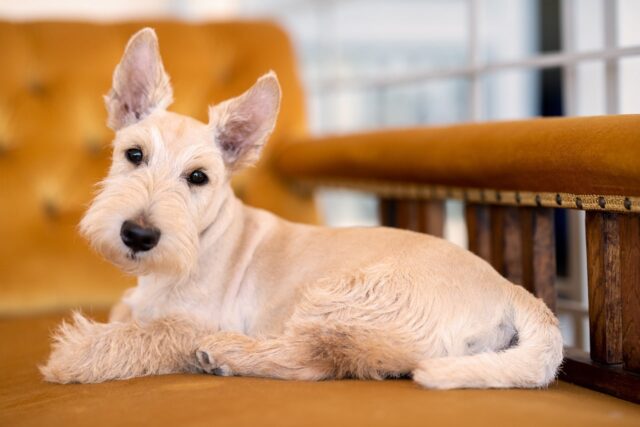 Shutterstock
Shutterstock
Scottish Terriers, or Scotties, are small but determined dogs with strong-willed personalities. Originally bred to hunt and dig out vermin, Scotties possess a tenacious and independent nature. Their stubbornness often comes from their determination and fearless attitude. Scotties can be challenging to train because they are easily distracted and may become bored with repetitive commands. Consistent, positive reinforcement and keeping training sessions short and engaging can help manage their stubborn tendencies. Scotties are loyal and affectionate pets, making them worth the extra effort.
Jack Russell Terrier
 Shutterstock
Shutterstock
Jack Russell Terriers are small, energetic dogs known for their intelligence and stubborn streak. Originally bred for hunting foxes, Jack Russells have a strong prey drive and an independent nature. Their stubbornness often comes from their high energy levels and determination. Jack Russells can be challenging to train because they are easily distracted and may become bored with repetitive commands. Consistent, positive reinforcement and keeping training sessions short and engaging can help manage their stubborn tendencies. Jack Russells are loyal and affectionate pets, making them worth the extra effort.
Akita
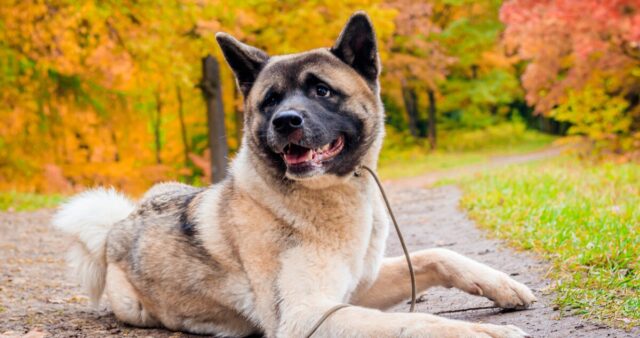 Shutterstock
Shutterstock
Akitas are large, powerful dogs known for their independence and strong-willed nature. Originating from Japan, Akitas were used for guarding and hunting. Their stubbornness often stems from their strong prey drive and protective instincts. Akitas can be challenging to train because they are not easily motivated by food or praise and may resist unnecessary commands. Early socialization and firm, consistent training are crucial for managing their stubborn tendencies. Despite their independence, Akitas are loyal and protective of their families, making them excellent companions for those who can handle their strong personalities.
Basset Hound
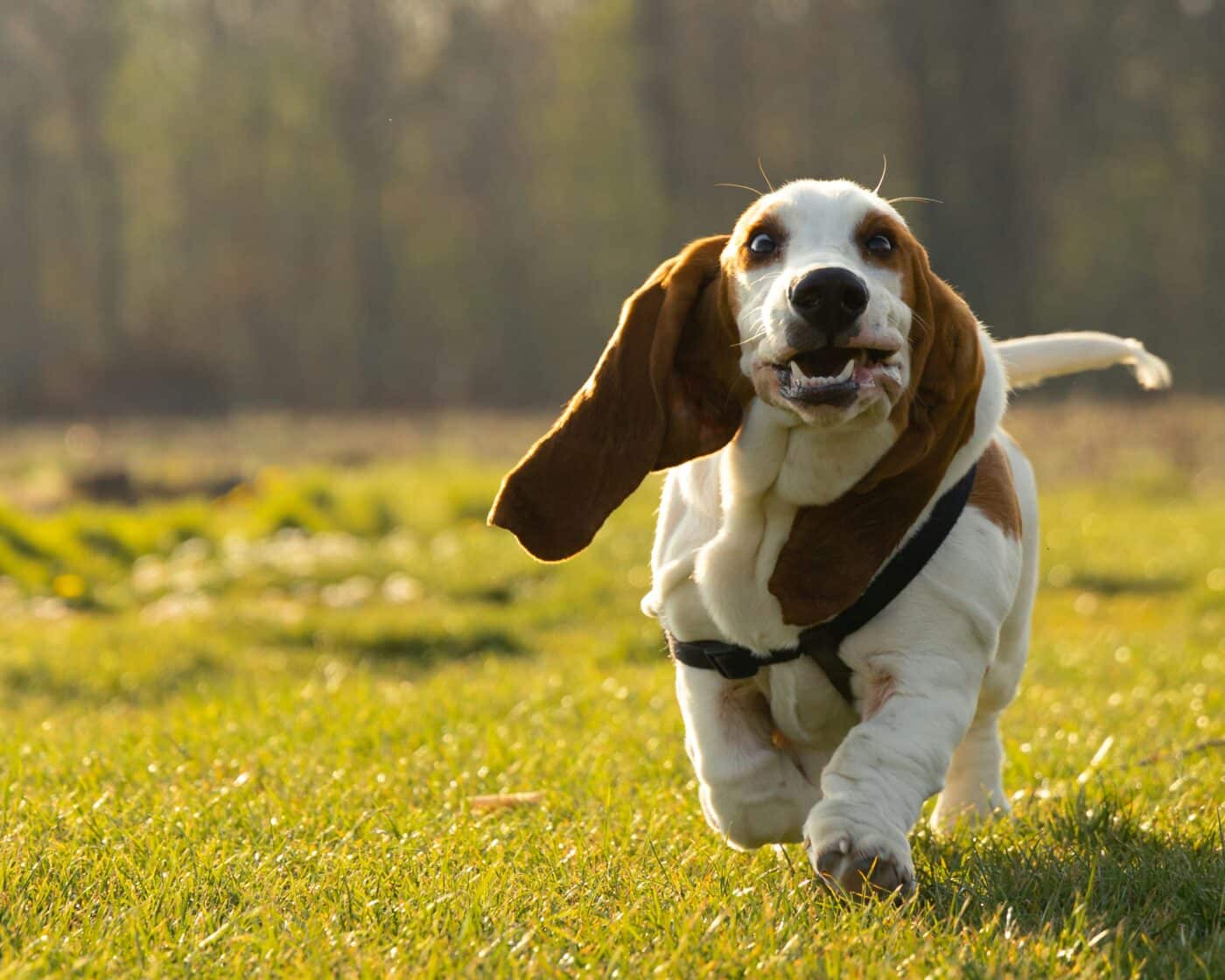 Shutterstock
Shutterstock
Basset Hounds are known for their distinctive long ears, droopy eyes, and stubbornness. Originally bred for hunting, Basset Hounds have a strong sense of smell and an independent streak. Their stubbornness often comes from their determination and single-minded focus on following scents. Basset Hounds can be challenging to train because they are easily distracted by interesting smells and may not respond to repetitive commands. Consistent, positive reinforcement and keeping training sessions short and engaging can help manage their stubborn tendencies. Basset Hounds are loyal and affectionate pets, making them worth the extra effort.
Beagle
 Shutterstock
Shutterstock
Beagles are small, friendly dogs known for their keen sense of smell and stubborn streak. Originally bred for hunting, Beagles have a strong prey drive and an independent nature. Their stubbornness often comes from their determination and single-minded focus on following scents. Beagles can be challenging to train because they are easily distracted by interesting smells and may not respond to repetitive commands. Consistent, positive reinforcement and keeping training sessions short and engaging can help manage their stubborn tendencies. Beagles are loyal and affectionate pets, making them worth the extra effort.
Bull Terrier
 Shutterstock
Shutterstock
Bull Terriers are known for their distinctive egg-shaped head and strong-willed personality. Originally bred for bull-baiting and later as companion dogs, Bull Terriers possess a tenacious and independent nature. Their stubbornness often comes from their determination and fearless attitude. Bull Terriers can be challenging to train because they are easily distracted and may become bored with repetitive commands. Consistent, positive reinforcement and keeping training sessions short and engaging can help manage their stubborn tendencies. Bull Terriers are loyal and affectionate pets, making them worth the extra effort.
Bulldog
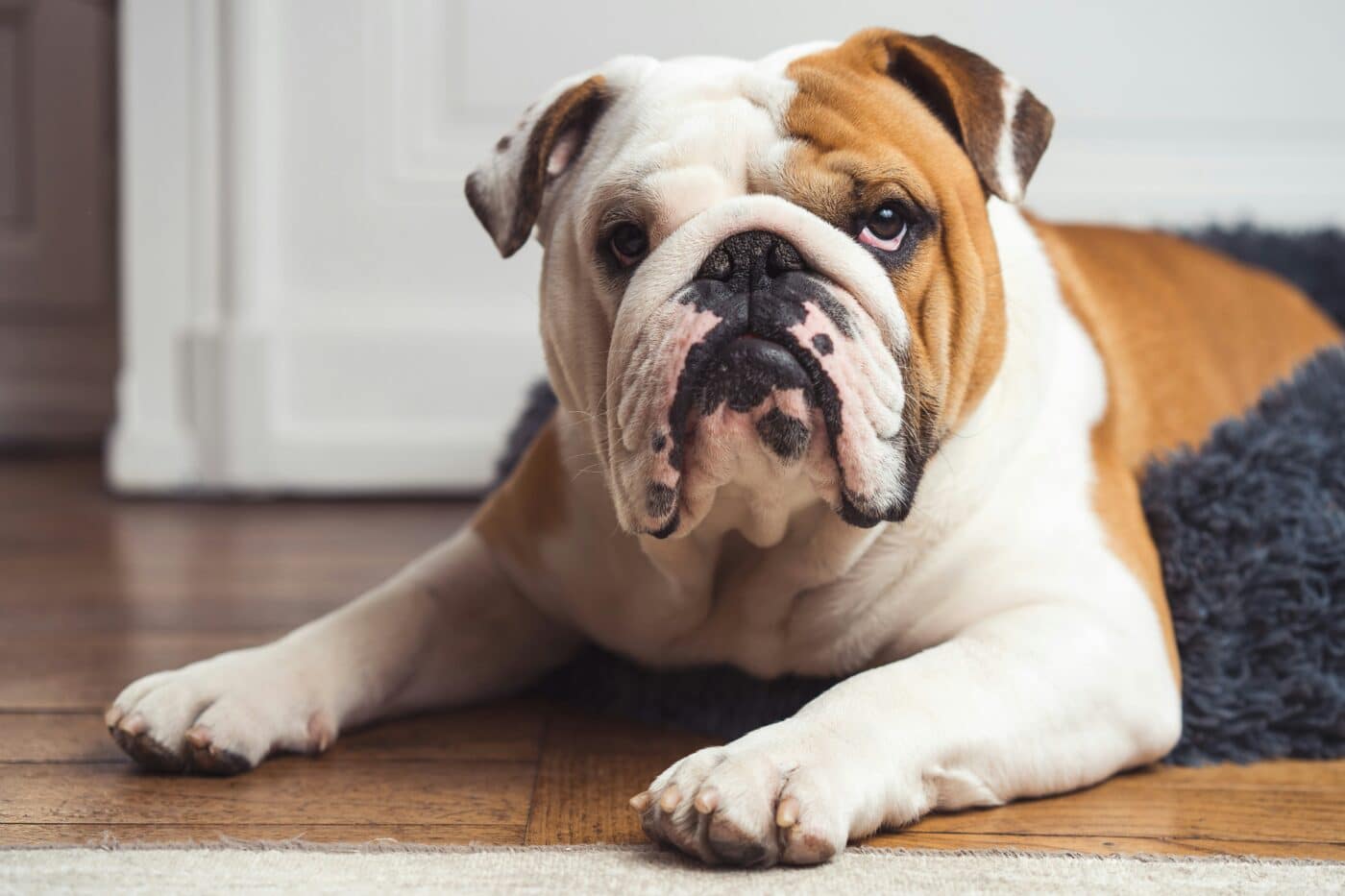 Shutterstock
Shutterstock
Bulldogs are known for their distinctive wrinkled faces and strong-willed personality. Originally bred for bull-baiting, Bulldogs possess a tenacious and independent nature. Their stubbornness often comes from their determination and fearless attitude. Bulldogs can be challenging to train because they are easily distracted and may become bored with repetitive commands. Consistent, positive reinforcement and keeping training sessions short and engaging can help manage their stubborn tendencies. Bulldogs are loyal and affectionate pets, making them worth the extra effort.
Siberian Husky
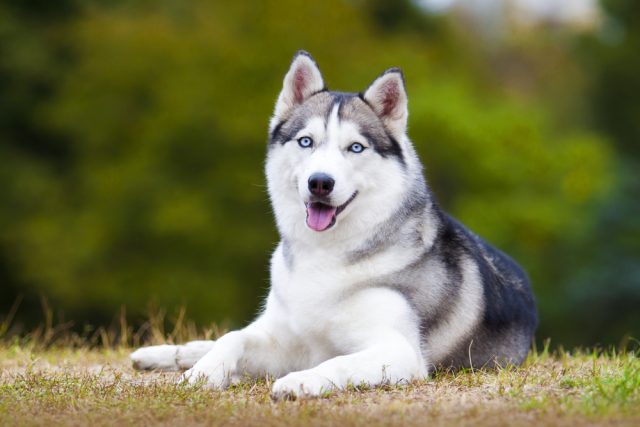 Shutterstock
Shutterstock
Siberian Huskies are known for their independent and willful nature. Bred to pull sleds over long distances, they often have a strong desire to do things their own way, which can make training a challenge. They are intelligent and energetic but can become easily bored, leading them to test boundaries and ignore commands. Consistent training and mental stimulation are key to managing their stubborn streak.
Yorkshire Terrier
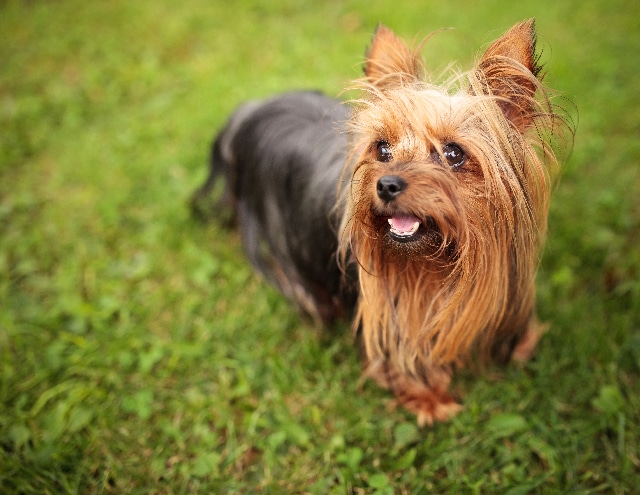 Shutterstock
Shutterstock
Despite their small size, Yorkshire Terriers possess a big personality with a stubborn side. They are known for being feisty and independent, often displaying a “small dog syndrome” where they believe they’re much larger than they are. Yorkies can be headstrong, especially if they sense inconsistency in their training. Patience, positive reinforcement, and early socialization are essential to curb their stubborn tendencies.
Pekingese
 Shutterstock
Shutterstock
The Pekingese is a breed with a strong sense of self-importance, likely due to their origins as royal lapdogs in ancient China. They can be quite stubborn and set in their ways, often preferring to do things on their own terms. Their aloof and independent nature can make training a challenge, as they are not always eager to please. Building a trusting relationship and using positive reinforcement can help manage their stubbornness.
Bloodhound
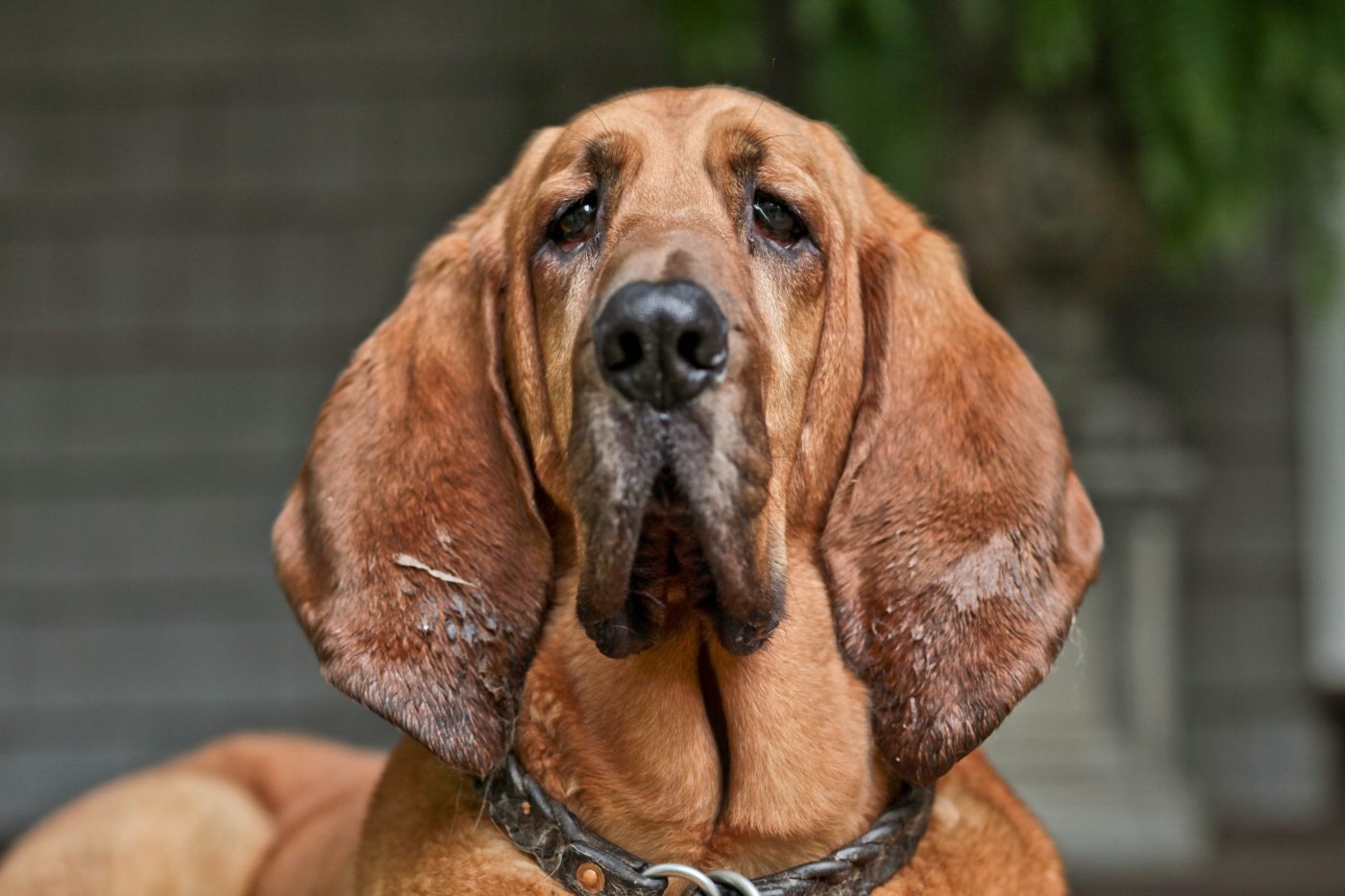 Shutterstock
Shutterstock
Bloodhounds are renowned for their exceptional sense of smell, which often leads them to follow their nose rather than their owner’s commands. Their stubbornness comes from their determination to pursue a scent, making recall training particularly difficult. While they are generally good-natured, their singular focus can make them appear stubborn or uncooperative. Patience and specialized training techniques are crucial for managing their independent streak.
Chinese Shar Pei
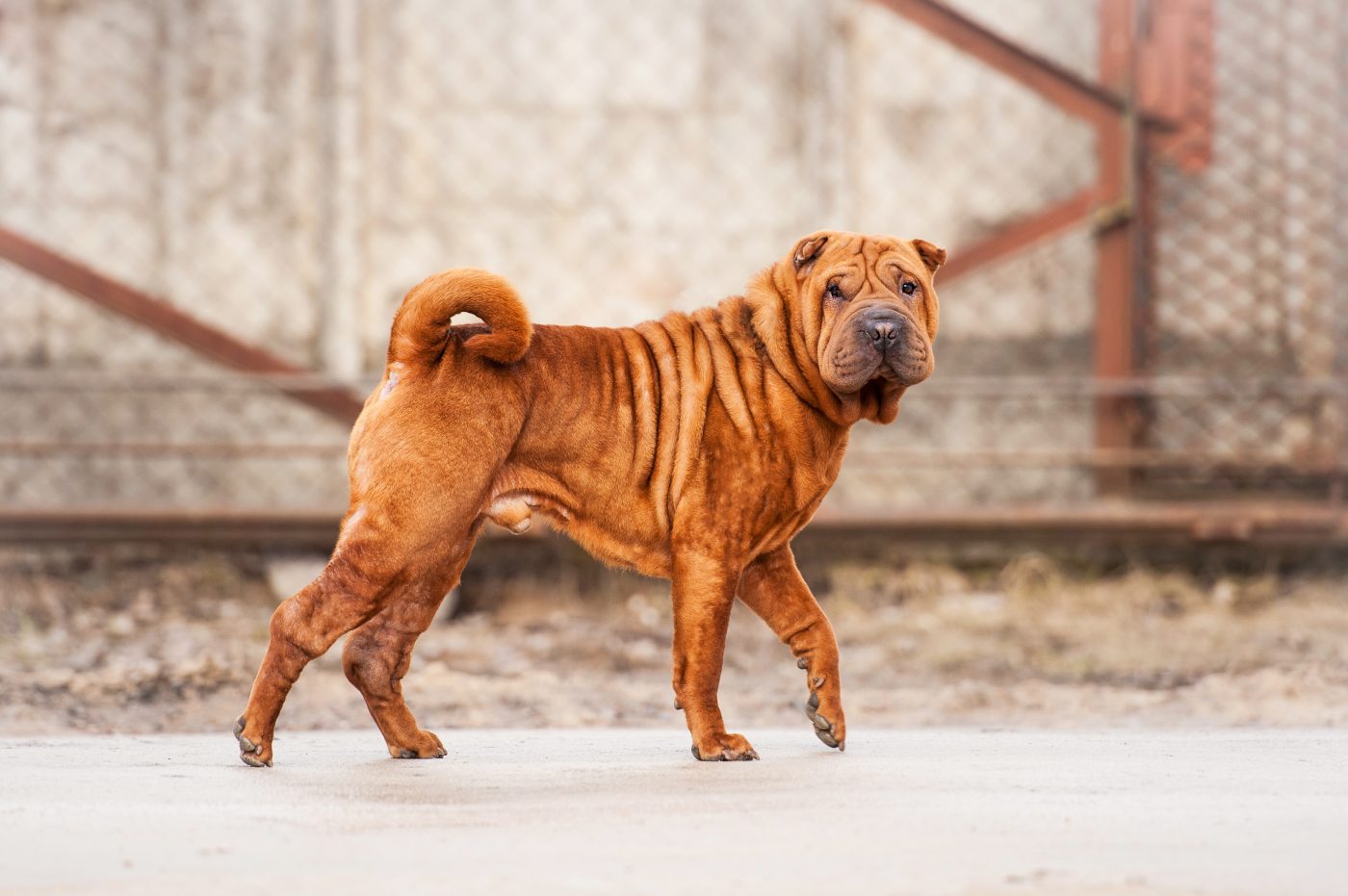 Shutterstock
Shutterstock
Chinese Shar-Peis are independent and reserved dogs, often described as having a stubborn streak. They can be aloof with strangers and are not always eager to obey commands, preferring to assess situations on their own. Their stubbornness is often a result of their strong-willed nature, and they can be resistant to repetitive training methods. Positive reinforcement and varied training sessions can help engage their interest.
Lhasa Apso
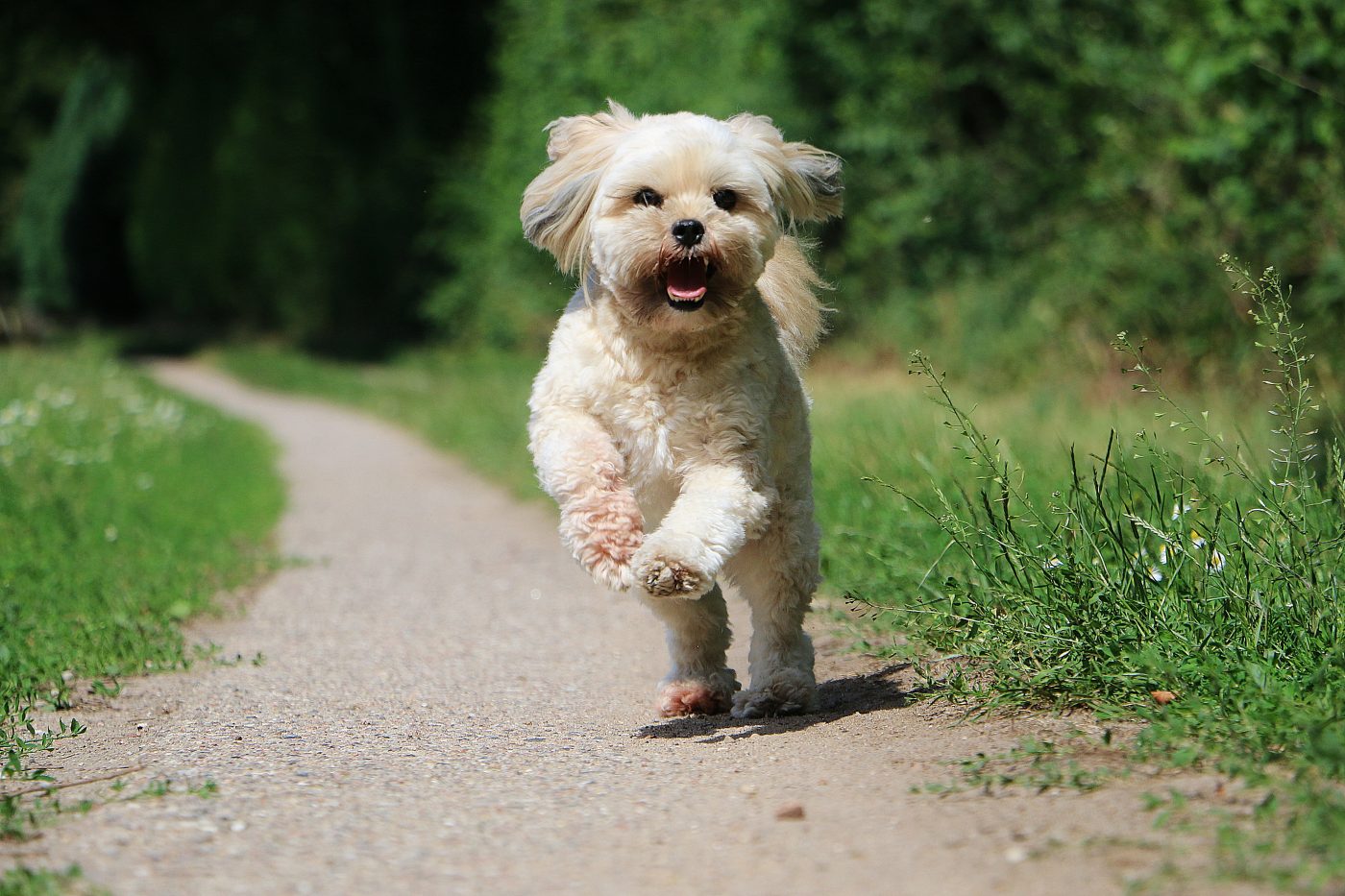 Shutterstock
Shutterstock
Lhasa Apsos are known for their independence and strong-willed nature, traits that stem from their history as alert watchdogs in Tibetan monasteries. They can be stubborn when it comes to training, as they like to assert their own opinions and are not easily motivated by food or praise. Establishing firm, consistent leadership is essential to overcoming their stubborn tendencies, along with keeping training sessions fun and varied.
Corgi (Pembroke and Cardigan)
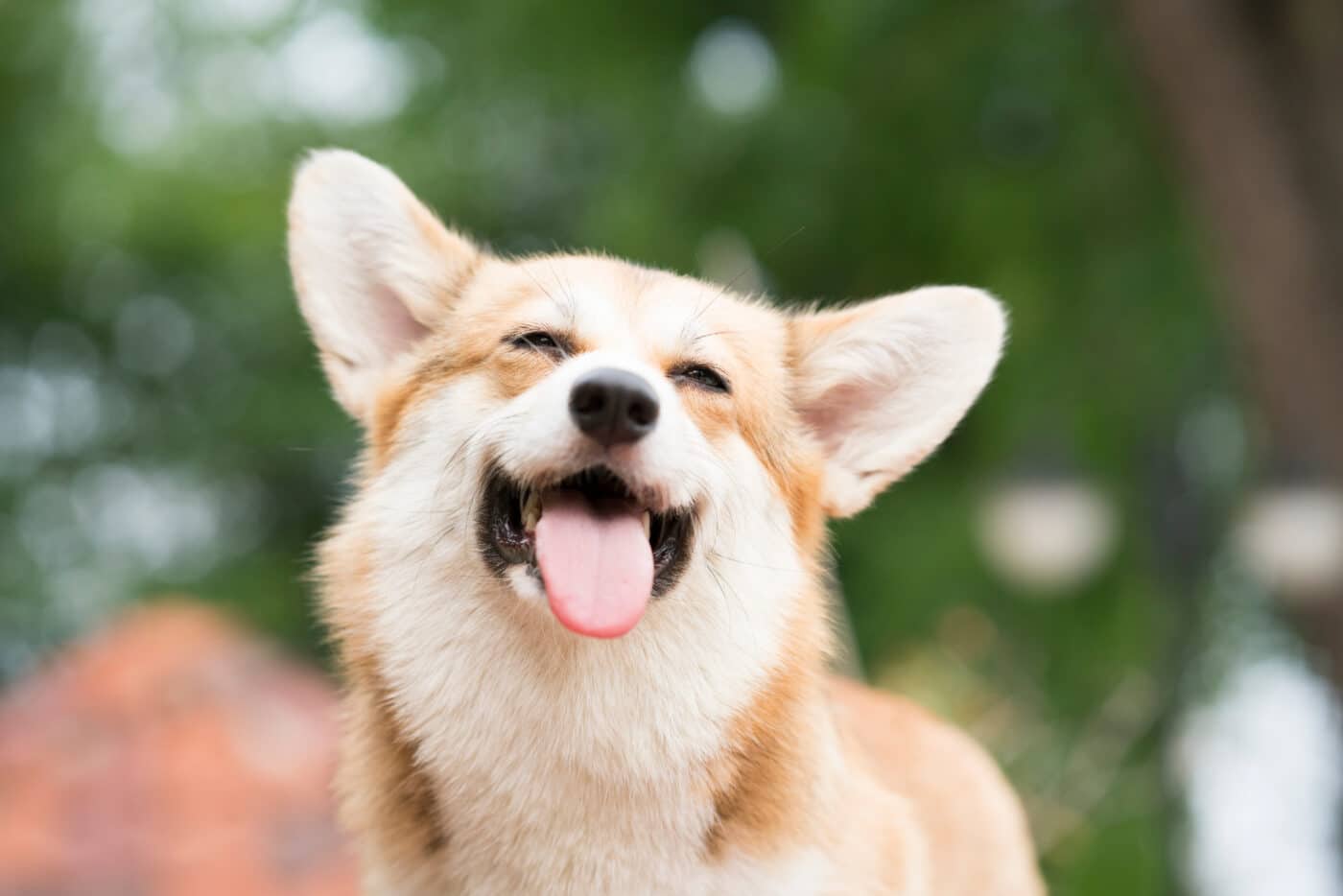 Shutterstock
Shutterstock
Corgis, both Pembroke and Cardigan, are intelligent but have a mind of their own, making them prone to stubbornness. Originally bred as herding dogs, they are used to making decisions independently, which can translate into a reluctance to follow commands. They require a firm yet gentle hand in training, with plenty of positive reinforcement and mental stimulation to keep them engaged and cooperative.
Mastiff
 Shutterstock
Shutterstock
Mastiffs are large, imposing dogs that can be quite stubborn due to their strong, protective instincts. They are independent thinkers and may challenge authority if they sense weakness or inconsistency. Their stubbornness can make them seem unresponsive to commands, especially if they don’t see the point in obeying. Consistent, confident training and early socialization are necessary to manage their willful nature.
Great Pyrenees
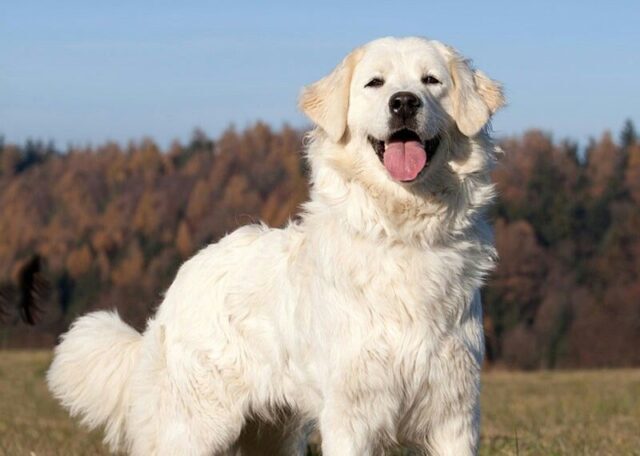 Shutterstock
Shutterstock
Great Pyrenees are known for their independence and strong-willed character, traits that come from their background as livestock guardians. They are bred to work without human guidance, making them naturally stubborn and less responsive to commands. While they are gentle and loyal, their stubborn streak can make training challenging, especially if they sense inconsistency. Patience, persistence, and positive reinforcement are key to working with this breed.
The Dogs That Love to Ignore Your Requests!
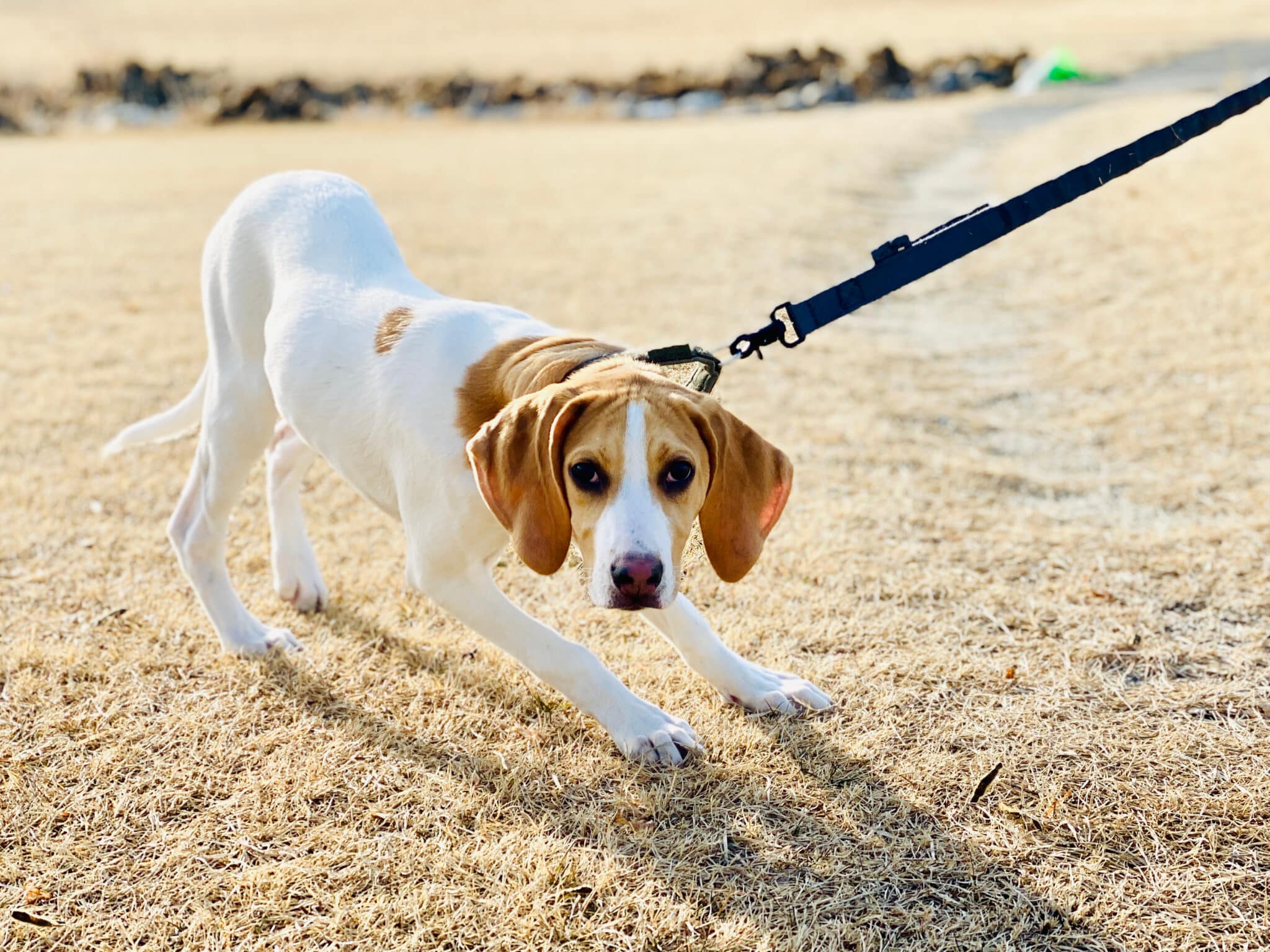 Shutterstock
Shutterstock
These dog breeds are known for their stubborn nature, making them more challenging to train and manage. Each breed has unique characteristics that contribute to its stubbornness, from its independent streaks to its strong prey drives. Understanding these traits and implementing consistent, positive reinforcement training can help manage your dog’s stubborn tendencies and ensure a happy and harmonious relationship with your dog. Despite their challenging nature, these breeds are loyal and affectionate companions that bring joy and love to their families.
 Toledo, United States.
Toledo, United States.